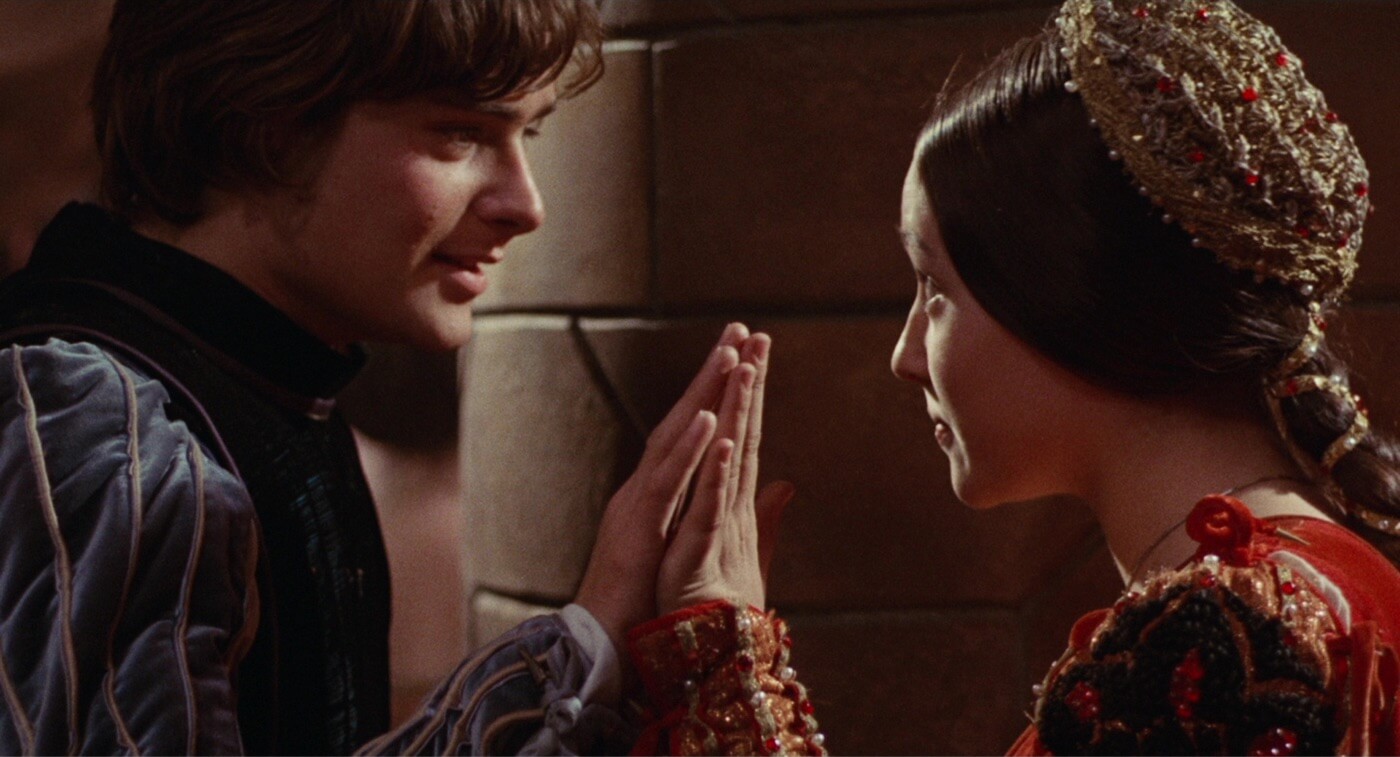Connotation has an enormous influence on how we regard words and symbols – but what is a positive connotation? We’re going to break down what it means for words and symbols to have a positive connotation by looking at examples in literature and film – but first, let’s define positive connotation.
Positive Connotation Meaning
First, let’s define positive connotation
Before we dive into our connotation examples, let’s quickly review the difference between connotation and denotation. Connotation is the feeling we get from words, while denotation is the dictionary definition of words.
This video from Marco Learning goes over connotation and denotation in further detail.
What Does Positive Connotation Mean? • Denotation and Connotation by Marco Learning
A positive connotation is a connotation that has a “good” association. Take the word generous for example: the word generous implies that someone is selfless, charitable, and friendly; which are all things we regard as “good” qualities to have.
POSITIVE CONNOTATION DEFINITION
What is a positive connotation?
A positive connotation is a non-literal framing of an object or term that intends to add a “good” association. Positive connotations are used in writing to communicate politeness, add levity to situations, and express optimism.
Types of Positive Connotations:
- Words — heroic, calm, friendly
- Objects/symbols — peace sign, white flag
- Gestures — shaking hands, waving
How Do You Find the Connotation of a Word?
Positive connotation examples
Let’s break down some positive connotation examples in literature/playwriting so we can better understand how to use it in our own writing. Here’s a list of words that generally have positive connotations:
- Attractive
- Beautiful
- Cute
- Delight
- Elation
- Fun
- Grand
- Hilarious
- Intelligent
- Jolly
- Kindness
- Likable
- Merry
- Nice
- Open
- Positive
We could go on, but let’s move on and see positive connotations in action.
- “But soft! What light through yonder window breaks? It is the east, and Juliet is the sun.” – Romeo and Juliet by William Shakespeare.

What is a Positive Connotation? • Look to Flowery Language in Shakespeare
Shakespeare uses the positive associations of words like “soft” and “light” to strengthen his metaphor, comparing Juliet to the sun.
- “It sounds plausible enough tonight, but wait until tomorrow. Wait for the common sense of the morning.” – The Time Machine by H.G. Wells.

Positive Connotation Words • Look on the Bright Side in ‘The Time Machine’
Wells uses the term “common sense” (which we regard with a positive association) to suggest it’s best to wait until morning before making a rash decision.
“I know not all that may be coming, but be it what it will, I’ll go to it laughing.” – Moby Dick by Herman Melville
Melville uses the term “laughing” to suggest Ahab will unabashedly embrace the unknown.

What is a Positive Connotation? • Ready to Embrace the Unknown like Captain Ahab
All of these examples show how this technique can affect the tone of stories (the author's general attitude or perspective on the subject matter).
What is a Positive Connotation Object?
Positive connotation object examples
Semiotics is the study of objects, signs, and symbols – and their figurative meaning.
We regard certain objects, signs, and symbols with positive associations. Why? Some people, like Carl Jung (as in Jungian archetypes) for example, theorize that objects have inherent figurative meaning.
Take a sprouting flower for example:
Denotatively it’s a sprouting flower.
Connotatively it’s a symbol for life.

Positive Connotation Examples • A Sprouting Flower by Artist Unknown
We regard a sprouting flower with a “good” association and this informs its connotation. Conversely, we regard a wilting flower with a “bad” association and thus a negative connotation.
This association is innate to human understanding – so as to say that people around the world regard the object in a similar way.
Some objects inherit connotations over time. For example, a graduation cap:
Denotatively it’s a graduation cap.
Connotatively it’s a symbol for achievement.

Positive Connotation Examples • Graduation Caps in the Air by Artist Unknown
The act of throwing graduation caps into the air is symbolic of a group’s success.
Connotation can also be applied to signs, such as the “peace sign.”
Denotatively it’s two fingers in the air.
Connotatively it’s a symbol for “peace”.
Take the use of the peace sign in this scene from Iron Man 2:
Positive Connotation Examples • Tony Stark’s Peace Sign in ‘Iron Man’
Stark is using irony to subvert a sign with positive connotations by employing it in a heated scene. By using a peace sign here, he’s signaling that he’s not taking these hearings seriously.
What is a Positive Connotation Used For?
The purpose of positive connotation
Positive connotation can be applied in writing and everyday life to highlight “good” associations in words, objects, signs, and symbols.
You can apply positive connotation in your own writing to communicate a purposeful tone, elevate your diction, and add figurative meaning.
Up Next
What is Symbolism?
Connotation is one way we communicate symbolism – but what is symbolism? In our next article, we’ll explain what symbolism is with examples from Breaking Bad, Arrival, and more. By the end, you’ll know what symbolism is and how to use it in your own works.
